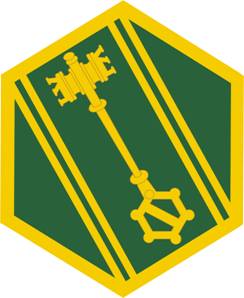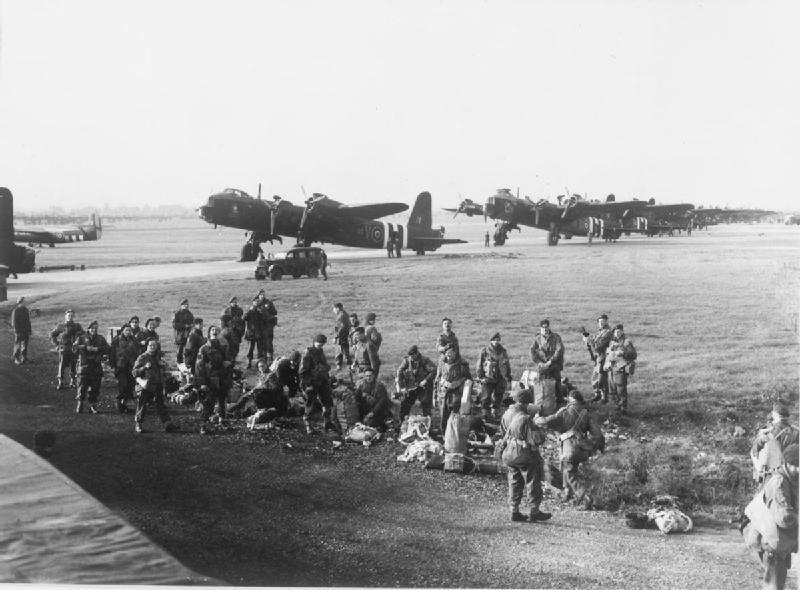|
Long Range Surveillance Detachment
{{unreferenced, date=November 2007 The United States Army long range surveillance detachment (LRSD) is organized as a detachment organic to the military intelligence battalion at division level for the purpose of long-range surveillance. The LRSD's are organized into a headquarters section, communications section (two base radio stations), and six surveillance teams. (Light division LRS detachments only have four surveillance teams.) The leaders are airborne and Ranger qualified. All other personnel in the detachment are airborne qualified. Most active Army LRSDs were inactivated in September 2005, with the notable exceptions 173rd Airborne's LRSD which was deactivated in 2006 and the 82nd Airborne's LRSD, which was converted to Pathfinders in 2008, and most Army National Guard units were inactivated in September 2008; some were transferred to battlefield surveillance brigades and were reflagged and redesignated as Troop C within the brigade's cavalry squadron (reconnaissance and su ... [...More Info...] [...Related Items...] OR: [Wikipedia] [Google] [Baidu] |
United States Army
The United States Army (USA) is the land service branch of the United States Armed Forces. It is one of the eight U.S. uniformed services, and is designated as the Army of the United States in the U.S. Constitution.Article II, section 2, clause 1 of the United States Constitution (1789). See alsTitle 10, Subtitle B, Chapter 301, Section 3001 The oldest and most senior branch of the U.S. military in order of precedence, the modern U.S. Army has its roots in the Continental Army, which was formed 14 June 1775 to fight the American Revolutionary War (1775–1783)—before the United States was established as a country. After the Revolutionary War, the Congress of the Confederation created the United States Army on 3 June 1784 to replace the disbanded Continental Army.Library of CongressJournals of the Continental Congress, Volume 27/ref> The United States Army considers itself to be a continuation of the Continental Army, and thus considers its institutional inception to be th ... [...More Info...] [...Related Items...] OR: [Wikipedia] [Google] [Baidu] |
Base Station
Base station (or base radio station) is – according to the International Telecommunication Union's (ITU) Radio Regulations (RR) – a "land station in the land mobile service." The term is used in the context of mobile telephony, wireless computer networking and other wireless communications and in land surveying. In surveying, it is a GPS receiver at a known position, while in wireless communications it is a transceiver connecting a number of other devices to one another and/or to a wider area. In mobile telephony, it provides the connection between mobile phones and the wider telephone network. In a computer network, it is a transceiver acting as a switch for computers in the network, possibly connecting them to a/another local area network and/or the Internet. In traditional wireless communications, it can refer to the hub of a dispatch fleet such as a taxi or delivery fleet, the base of a TETRA network as used by government and emergency services or a CB shack. Land s ... [...More Info...] [...Related Items...] OR: [Wikipedia] [Google] [Baidu] |
Military Intelligence Collection
A military, also known collectively as armed forces, is a heavily armed, highly organized force primarily intended for warfare. It is typically authorized and maintained by a sovereign state, with its members identifiable by their distinct military uniform. It may consist of one or more military branches such as an army, navy, air force, space force, marines, or coast guard. The main task of the military is usually defined as defence of the state and its interests against external armed threats. In broad usage, the terms ''armed forces'' and ''military'' are often treated as synonymous, although in technical usage a distinction is sometimes made in which a country's armed forces may include both its military and other paramilitary forces. There are various forms of irregular military forces, not belonging to a recognized state; though they share many attributes with regular military forces, they are less often referred to as simply ''military''. A nation's military may f ... [...More Info...] [...Related Items...] OR: [Wikipedia] [Google] [Baidu] |
United States Army Reconnaissance And Surveillance Leaders Course
United States Army Reconnaissance and Surveillance Leaders Course (RSLC) (formerly known as the Long Range Surveillance Leaders Course, or LRSLCCourse History, Long Range Surveillance Leaders Course benning.army.mil, last accessed 28 November 2017) is a 29-day (four weeks and one day) school designed on mastering reconnaissance fundamentals of and s eligible for assignments to those units whose primary mission is to conduct reconnaissance and surveillance, tar ... [...More Info...] [...Related Items...] OR: [Wikipedia] [Google] [Baidu] |
Long-range Surveillance Company
In the United States Army, a long-range surveillance company (LRS-C) is a company with a special reconnaissance role in an intelligence brigade. Organization Consisting of a headquarters platoon, communications platoon, and three LRS platoons (each made up of a headquarters section and six surveillance teams.) All non-commissioned officers are airborne and Ranger qualified. All other personnel in the company are Pre-Ranger and airborne qualified. All Company Personnel undergo a week-long assessment and selection in addition to psychological evaluation. There are two types of selection, LRS selection and LRS Support personnel selection. Although all LRS team members can infiltrate via Land, Sea or Air; each platoon specializes in one method of infiltration. Each platoon is broken down into one of three infiltration specialties; Water, High Altitude Low Opening (HALO) and Desert Mountain. A. Headquarters platoon. The headquarters platoon contains two sections for the command and co ... [...More Info...] [...Related Items...] OR: [Wikipedia] [Google] [Baidu] |
Long-range Surveillance
Long-range surveillance (LRS) teams (pronounced "lurse") were elite, specially-trained surveillance units of the United States Army employed for clandestine operation by Military Intelligence for gathering direct human intelligence information deep within enemy territory. Classic LRS employment is to infiltrate deep into enemy territory, construct hide and surveillance sites, and provide continuous surveillance/special reconnaissance of an intelligence target of key interest. LRS teams allow 24-hour surveillance and analysis coverage unlike unmanned aerial vehicles (UAVs), manned aircraft, and most satellites. Assuming there is no mission compromise, these teams typically remain in position for up to 6 days, as determined by the availability of food and water. As a result of an evaluation conducted using computer-modelling the U.S. Army's senior leadership made the decision to deactivate all active-duty and National Guard LRS units. By the end of January 2017 the three active-duty ... [...More Info...] [...Related Items...] OR: [Wikipedia] [Google] [Baidu] |
Long-range Reconnaissance Patrol
A long-range reconnaissance patrol, or LRRP (pronounced "lurp"), is a small, well-armed reconnaissance team that patrols deep in enemy-held territory.Ankony, Robert C., ''Lurps: A Ranger's Diary of Tet, Khe Sanh, A Shau, and Quang Tri,'' revised ed., Rowman & Littlefield Publishing Group, Lanham, MD (2009)/ref> The concept of scouts dates back to the origins of warfare itself. However, in modern times these specialized units evolved from examples such as Rogers' Rangers in colonial British America, the Lovat Scouts in World War One, the Long Range Desert Group and the Special Air Service in the Western Desert Campaign and North West Europe, similar units such as Force 136 in East Asia, and the special Sissi (Finnish light infantry), Finnish light infantry units during the Second World War. Postwar, the role was carried in various North Atlantic Treaty Organization (NATO) and British Commonwealth countries by units that could trace their origins to these wartime creations such a ... [...More Info...] [...Related Items...] OR: [Wikipedia] [Google] [Baidu] |
Radiotelephone
A radiotelephone (or radiophone), abbreviated RT, is a radio communication system for conducting a conversation; radiotelephony means telephony by radio. It is in contrast to '' radiotelegraphy'', which is radio transmission of telegrams (messages), or ''television'', transmission of moving pictures and sound. The term is related to radio broadcasting, which transmit audio one way to listeners. Radiotelephony refers specifically to two-way radio systems for bidirectional person-to-person voice communication between separated users, such as CB radio or marine radio. In spite of the name, radiotelephony systems are not necessarily connected to or have anything to do with the telephone network, and in some radio services, including GMRS, interconnection is prohibited. Design Mode of emission The word ''phone'' has a long precedent beginning with early US wired voice systems. The term means ''voice'' as opposed to telegraph or Morse code. This would include systems fitting in ... [...More Info...] [...Related Items...] OR: [Wikipedia] [Google] [Baidu] |
Long Range Surveillance Company
In the United States Army, a long-range surveillance company (LRS-C) is a company with a special reconnaissance role in an intelligence brigade. Organization Consisting of a headquarters platoon, communications platoon, and three LRS platoons (each made up of a headquarters section and six surveillance teams.) All non-commissioned officers are airborne and Ranger qualified. All other personnel in the company are Pre-Ranger and airborne qualified. All Company Personnel undergo a week-long assessment and selection in addition to psychological evaluation. There are two types of selection, LRS selection and LRS Support personnel selection. Although all LRS team members can infiltrate via Land, Sea or Air; each platoon specializes in one method of infiltration. Each platoon is broken down into one of three infiltration specialties; Water, High Altitude Low Opening (HALO) and Desert Mountain. A. Headquarters platoon. The headquarters platoon contains two sections for the command and co ... [...More Info...] [...Related Items...] OR: [Wikipedia] [Google] [Baidu] |
Military Intelligence
Military intelligence is a military discipline that uses information collection and analysis approaches to provide guidance and direction to assist commanders in their decisions. This aim is achieved by providing an assessment of data from a range of sources, directed towards the commanders' mission requirements or responding to questions as part of operational or campaign planning. To provide an analysis, the commander's information requirements are first identified, which are then incorporated into intelligence collection, analysis, and dissemination. Areas of study may include the operational environment, hostile, friendly and neutral forces, the civilian population in an area of combat operations, and other broader areas of interest. Intelligence activities are conducted at all levels, from tactical to strategic, in peacetime, the period of transition to war, and during a war itself. Most governments maintain a military intelligence capability to provide analytical and i ... [...More Info...] [...Related Items...] OR: [Wikipedia] [Google] [Baidu] |
Army National Guard
The Army National Guard (ARNG), in conjunction with the Air National Guard, is an organized Militia (United States), militia force and a Reserve components of the United States Armed Forces, federal military reserve force of the United States Army. They are simultaneously part of two different organizations: the Army National Guard of each state, most territories, and the District of Columbia (also referred to as the ''Militia of the United States''), and the Army National Guard of the United States (as part of the federalized National Guard (United States), National Guard). The Army National Guard is divided into subordinate units stationed in each U.S. state and territory, as well as the District of Columbia, operating under their respective governors and governor-equivalents. The foundation for what became the Army National Guard occurred in the city of Salem, Massachusetts, Salem, Massachusetts, in 1636, the first time that a regiment of militia drilled for the common defens ... [...More Info...] [...Related Items...] OR: [Wikipedia] [Google] [Baidu] |
Pathfinder (military)
In military organizations, a pathfinder is a specialized soldier inserted or dropped into place in order to set up and operate drop zones, pickup zones, and helicopter landing sites for airborne operations, air resupply operations, or other air operations in support of the ground unit commander. Pathfinders first appeared in World War II, where they served with distinction, and continue to serve an important role in today's modern armed forces, providing commanders with the option of flexibly employing air assets. History United Kingdom During the Second World War small groups of parachute soldiers were formed into pathfinder units, to parachute ahead of the main force. Their tasks were to mark the drop zones (DZ) or landing zones (LZ), set up radio beacons as a guide for the aircraft carrying the main force and to clear and protect the area as the main force arrived. The units were formed into two companies to work with the two British airborne divisions created during th ... [...More Info...] [...Related Items...] OR: [Wikipedia] [Google] [Baidu] |

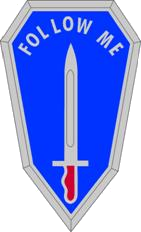

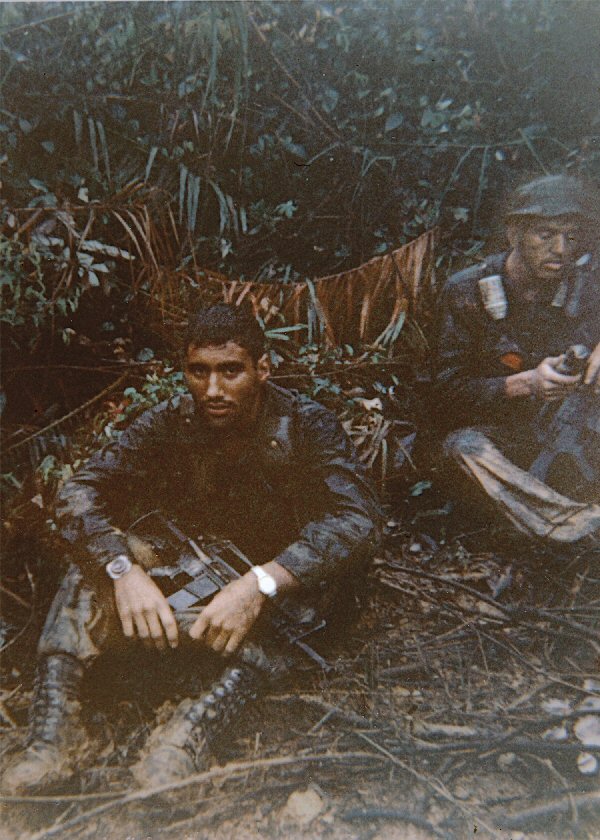
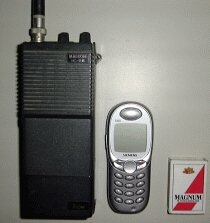
_(cropped).jpg)
